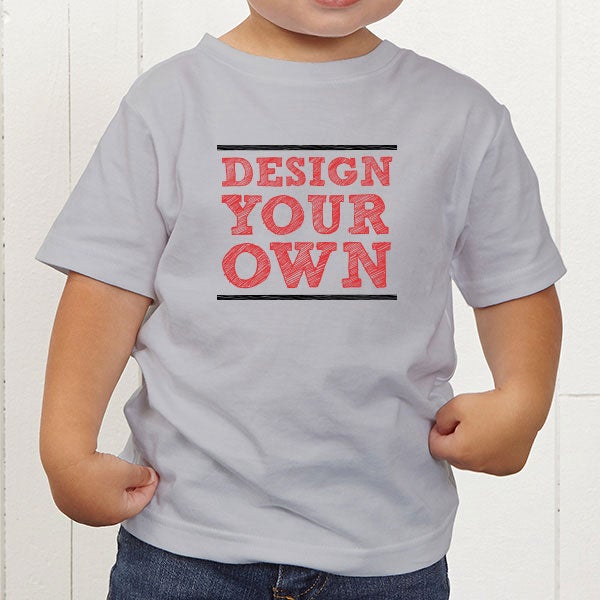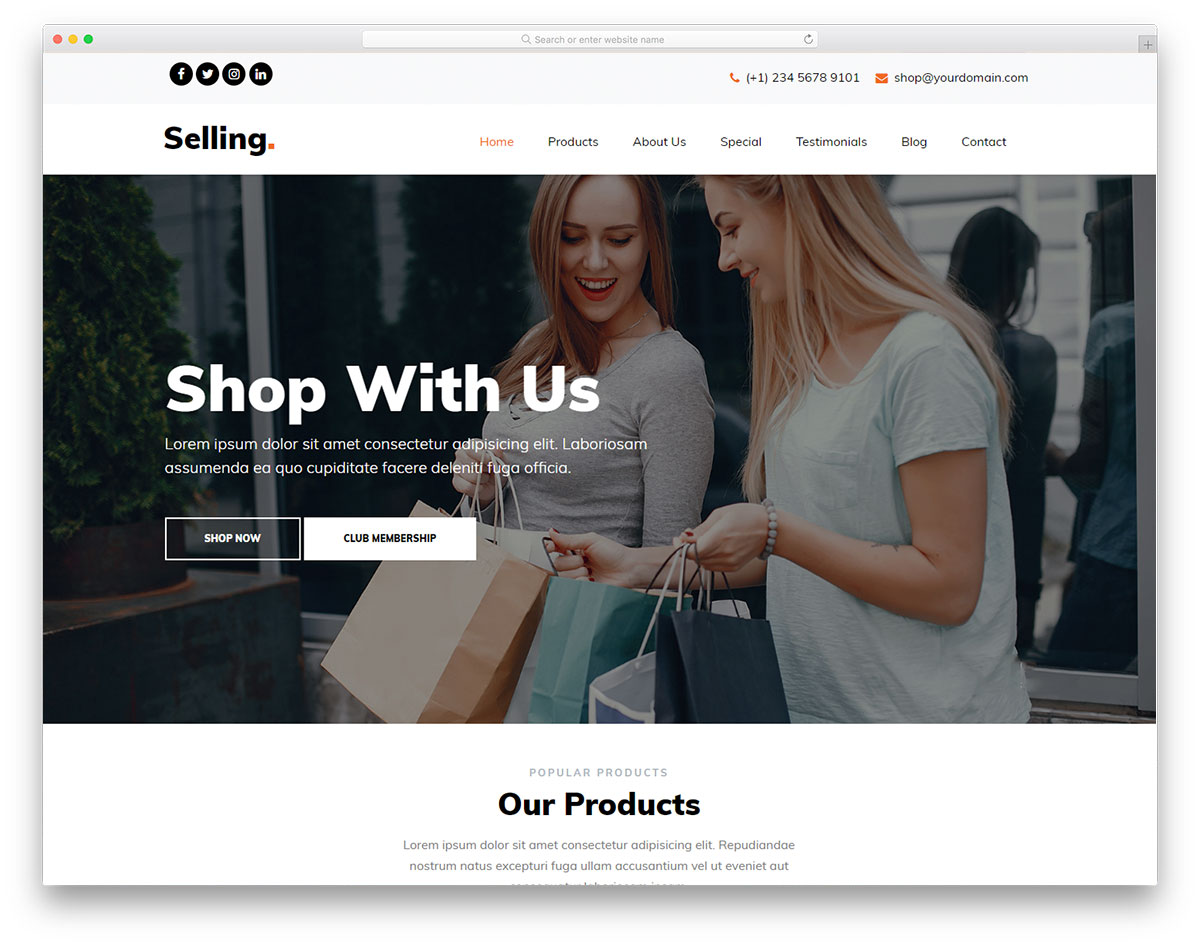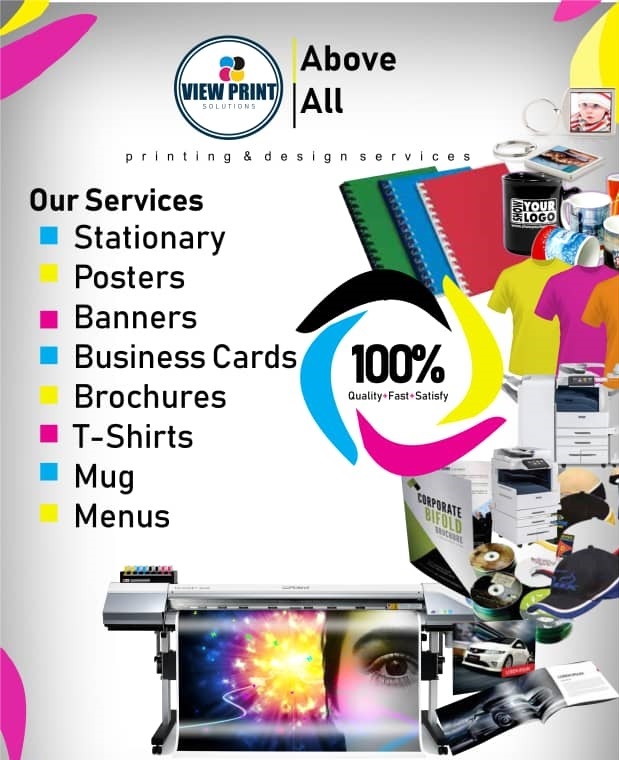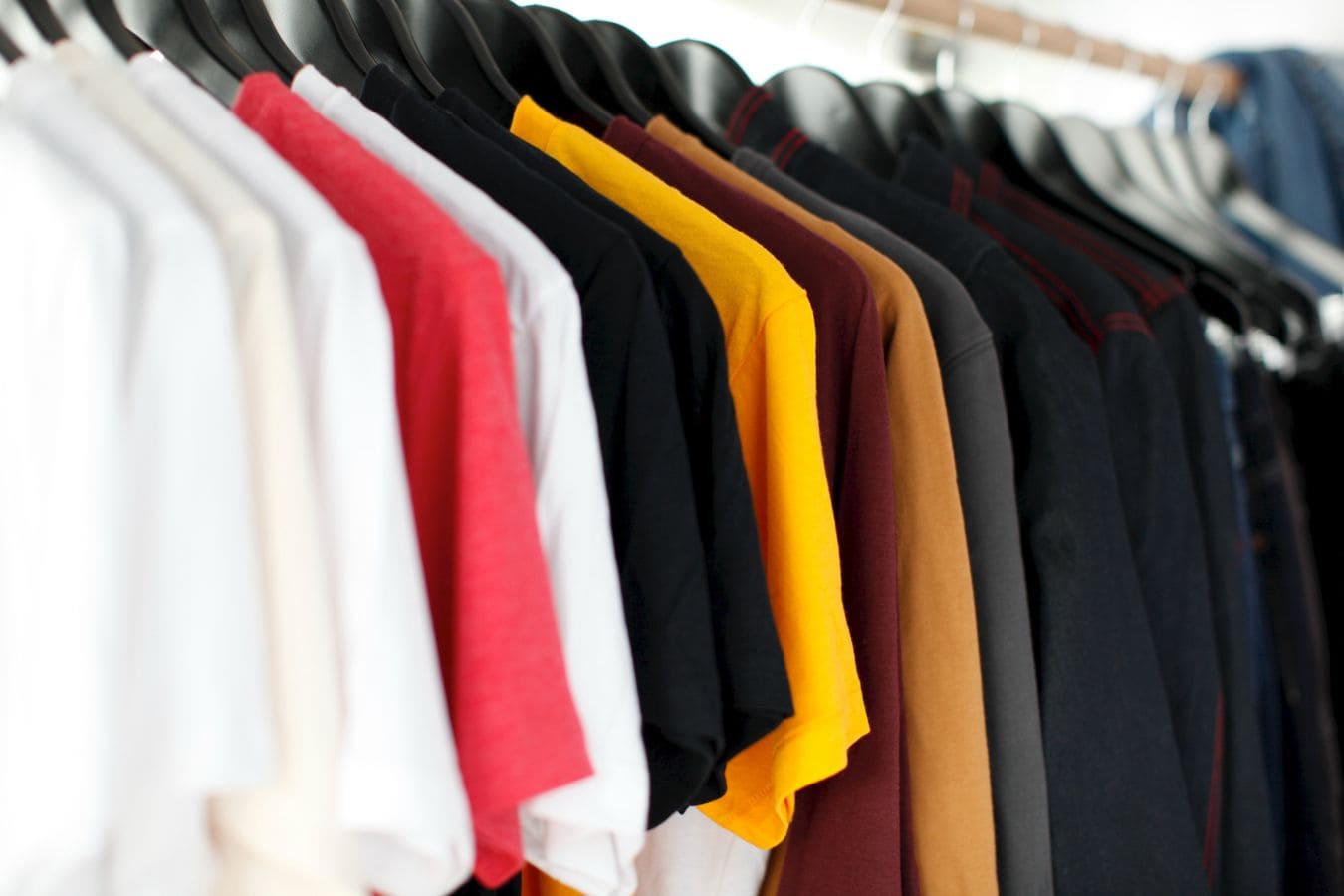Unleash Your Creativity: Why Designing Your Own Shirts is a Great Idea
Designing and selling your own shirts can be a fun and rewarding experience, allowing you to express your personal style and creativity. With the rise of online design tools and platforms, it’s easier than ever to turn your ideas into reality. Whether you’re looking to create unique gifts, start a business, or simply showcase your artistic skills, designing your own shirts can be a great way to achieve your goals.
In recent years, the demand for custom apparel has grown significantly, with many consumers seeking out unique and personalized products. By designing and selling your own shirts, you can tap into this trend and capitalize on the growing demand for custom clothing. Additionally, with the ease of online design tools, you can create professional-looking designs without needing extensive design experience.
One of the main benefits of designing your own shirts is the ability to express your personal style and creativity. Whether you’re into bold graphics, witty slogans, or elegant typography, you can create designs that reflect your personality and aesthetic. This can be especially appealing to consumers who are looking for unique and authentic products that stand out from the crowd.
Furthermore, designing and selling your own shirts can be a great way to start a business or side hustle. With the rise of e-commerce and online marketplaces, it’s easier than ever to reach a wide audience and sell your products to customers all over the world. By leveraging online platforms and marketing tools, you can build a successful business and turn your passion into a profitable venture.
Overall, designing and selling your own shirts can be a fun and rewarding experience that allows you to express your creativity, tap into the growing demand for custom apparel, and build a successful business. With the ease of online design tools and platforms, there’s never been a better time to get started and turn your ideas into reality.
How to Design a Shirt That Sells: Tips and Tricks
When it comes to designing a shirt that sells, there are several key factors to consider. First and foremost, it’s essential to choose a design that resonates with your target audience. This means understanding their interests, preferences, and values, and creating a design that speaks to them. For example, if you’re targeting music lovers, a design that incorporates a popular song lyric or music-inspired graphic may be a hit.
Color is also a crucial element in shirt design. Different colors can evoke different emotions and convey different messages, so it’s essential to choose colors that align with your brand and appeal to your target audience. For instance, bright colors like orange and yellow can be attention-grabbing and energetic, while muted colors like gray and navy can be more subdued and sophisticated.
Fonts and typography are also important considerations in shirt design. A bold, eye-catching font can make a statement, while a more subtle font can create a more understated look. It’s also essential to choose fonts that are easy to read and understand, especially if you’re including text in your design.
Graphics and images can also be used to create a compelling shirt design. From simple icons and logos to complex illustrations and photographs, graphics can add visual interest and depth to your design. However, it’s essential to use high-quality graphics that are clear and crisp, even when printed on a small scale.
Current trends can also play a significant role in shirt design. Keeping an eye on popular culture, fashion, and design trends can help you create a design that’s relevant and appealing to your target audience. For example, if you’re targeting fans of a particular TV show or movie, incorporating a popular character or quote into your design may be a hit.
Ultimately, the key to designing a shirt that sells is to create a design that resonates with your target audience and stands out from the crowd. By considering factors like color, font, graphics, and trends, you can create a design that’s both visually appealing and commercially successful.
Choosing the Right Platform: A Comparison of Popular Design and Sell Websites
When it comes to designing and selling custom shirts, choosing the right platform is crucial for success. With so many options available, it can be overwhelming to decide which one to use. In this article, we’ll compare and contrast three popular design and sell websites: Redbubble, Teespring, and Zazzle.
Redbubble is a popular platform for designers and artists, offering a wide range of products, including t-shirts, hoodies, and phone cases. The platform is known for its ease of use and high-quality products. However, Redbubble takes a 20% commission on all sales, which can eat into your profits.
Teespring is another popular platform for designing and selling custom shirts. The platform offers a wide range of products, including t-shirts, hoodies, and tank tops. Teespring is known for its competitive pricing and high-quality products. However, the platform has a more complex design process, which can be overwhelming for beginners.
Zazzle is a platform that allows designers to create and sell custom products, including t-shirts, mugs, and phone cases. The platform is known for its vast product range and competitive pricing. However, Zazzle’s design process can be more time-consuming, and the platform takes a 15% commission on all sales.
When choosing a platform, it’s essential to consider factors such as fees, product options, and marketing tools. Redbubble and Teespring offer more comprehensive marketing tools, including social media integration and email marketing. Zazzle, on the other hand, offers more product options, including home decor and accessories.
Ultimately, the choice of platform depends on your specific needs and goals. If you’re looking for ease of use and high-quality products, Redbubble may be the best option. If you’re looking for competitive pricing and a wide range of products, Teespring or Zazzle may be a better fit.
Regardless of which platform you choose, it’s essential to read and understand the terms and conditions, including fees, commissions, and payment structures. By doing your research and choosing the right platform, you can set yourself up for success in the world of custom shirt design and sales.
Setting Up Your Online Store: A Step-by-Step Guide
Once you’ve chosen a platform for designing and selling custom shirts, it’s time to set up your online store. This process typically involves creating a profile, uploading designs, and setting prices. In this article, we’ll walk you through the process of setting up an online store on a popular platform like Redbubble or Teespring.
Step 1: Create a Profile
The first step in setting up your online store is to create a profile on your chosen platform. This typically involves providing some basic information about yourself and your business, such as your name, email address, and password. You may also be asked to provide some additional information, such as your business name and address.
Step 2: Upload Designs
Once you’ve created your profile, it’s time to upload your designs. This typically involves creating a new product listing and uploading your design files. Make sure to follow the platform’s guidelines for file format and size to ensure that your designs look their best.
Step 3: Set Prices
After you’ve uploaded your designs, it’s time to set prices for your products. This typically involves setting a base price for each product and then adjusting the price based on the platform’s fees and your desired profit margin. Make sure to research your competition and understand the market demand for your products to ensure that you’re pricing them competitively.
Step 4: Optimize Product Listings for Search Engines
Once you’ve set up your online store and uploaded your designs, it’s time to optimize your product listings for search engines. This typically involves adding relevant keywords to your product titles and descriptions, as well as ensuring that your product images are high-quality and relevant to the product. By optimizing your product listings, you can increase your visibility in search engine results and drive more traffic to your online store.
Tips for Optimizing Product Listings:
Use relevant keywords in your product titles and descriptions
Ensure that your product images are high-quality and relevant to the product
Use descriptive and detailed product descriptions
Make sure to follow the platform’s guidelines for product listings
By following these steps and tips, you can set up a successful online store and start selling your custom shirt designs. Remember to stay focused on providing high-quality products and excellent customer service to build a loyal customer base and drive long-term success.
Marketing Your Designs: Strategies for Success
Once you’ve designed and set up your online store, it’s time to market your custom shirt designs to potential customers. In this article, we’ll discuss various marketing strategies for promoting your designs, including social media marketing, influencer partnerships, and paid advertising.
Social Media Marketing
Social media platforms like Instagram, Facebook, and Twitter are great places to showcase your designs and connect with potential customers. Create a business account on each platform and post high-quality images of your designs. Use relevant hashtags to increase visibility and engage with your followers by responding to comments and messages.
Influencer Partnerships
Influencer marketing involves partnering with social media influencers in your niche to promote your designs. Research influencers who have a large following in your target market and reach out to them to collaborate. Offer them free products or a commission on sales in exchange for promoting your designs on their social media channels.
Paid Advertising
Paid advertising involves paying for ads on social media platforms or search engines to reach a wider audience. Platforms like Google Ads and Facebook Ads allow you to target specific demographics and interests, increasing the likelihood of reaching potential customers. Set a budget and bid on relevant keywords to get your ads in front of the right people.
Tracking Analytics
Tracking analytics is crucial to understanding the effectiveness of your marketing strategies. Use tools like Google Analytics to track website traffic, conversion rates, and sales. This data will help you refine your marketing strategies and make data-driven decisions.
Examples of Successful Campaigns
One successful campaign is to offer a discount or promotion to first-time customers. This can be done through email marketing or social media advertising. Another successful campaign is to collaborate with influencers in your niche to promote your designs. This can help increase brand awareness and drive sales.
By implementing these marketing strategies, you can increase visibility and drive sales for your custom shirt designs. Remember to track analytics and refine your strategies based on the data to ensure long-term success.
Producing High-Quality Products: What to Look for in a Printing Service
When it comes to producing high-quality custom shirts, the printing service you choose can make all the difference. A reliable printing service can help ensure that your designs are printed on high-quality materials, with vibrant colors and crisp graphics. In this article, we’ll discuss the factors to consider when choosing a printing service, including material options, printing techniques, and shipping times.
Material Options
The type of material used for printing can greatly affect the quality of the final product. Look for a printing service that offers a variety of material options, such as cotton, polyester, and blends. Consider the weight, texture, and durability of the material, as well as any special features, such as moisture-wicking or UV protection.
Printing Techniques
The printing technique used can also impact the quality of the final product. Look for a printing service that offers a variety of printing techniques, such as screen printing, direct-to-garment (DTG) printing, and embroidery. Consider the advantages and disadvantages of each technique, as well as the level of detail and color accuracy required for your designs.
Shipping Times
Shipping times can be a critical factor in getting your custom shirts to customers quickly and efficiently. Look for a printing service that offers fast and reliable shipping options, such as same-day or next-day shipping. Consider the shipping costs and any additional fees for expedited shipping.
Quality Control
A reliable printing service should have a quality control process in place to ensure that products meet high standards. Look for a printing service that inspects products before shipping and offers a satisfaction guarantee. Consider the return and exchange policies, as well as any warranties or guarantees offered.
By considering these factors, you can choose a printing service that produces high-quality custom shirts that meet your standards and exceed your customers’ expectations. Remember to research and compare different printing services to find the best fit for your business.
Managing Your Finances: Tips for Pricing and Profitability
When it comes to pricing custom shirts, there are several factors to consider to ensure profitability. In this article, we’ll discuss the importance of calculating costs, setting margins, and adjusting prices based on demand. We’ll also provide tips on tracking expenses and taxes to help you manage your finances effectively.
Calculating Costs
The first step in pricing custom shirts is to calculate the costs involved in producing and selling each shirt. This includes the cost of materials, labor, and overheads, as well as any fees charged by the printing service or online platform. Make sure to factor in all the costs to ensure you’re not underpricing your shirts.
Setting Margins
Once you’ve calculated the costs, you need to set a margin to ensure profitability. The margin is the difference between the selling price and the cost price. A higher margin means more profit, but it also means a higher selling price, which may deter customers. Aim for a margin that balances profitability with competitiveness.
Adjusting Prices Based on Demand
Demand for custom shirts can fluctuate depending on the season, trends, and other factors. To stay competitive, you need to adjust your prices based on demand. If demand is high, you can increase your prices to maximize profits. If demand is low, you may need to reduce your prices to stimulate sales.
Tracking Expenses and Taxes
Tracking expenses and taxes is crucial to managing your finances effectively. Make sure to keep accurate records of all expenses, including materials, labor, and overheads. You’ll also need to track taxes, including sales tax and income tax. Consider using accounting software to make it easier to track your finances.
By following these tips, you can manage your finances effectively and ensure profitability when designing and selling custom shirts. Remember to stay flexible and adjust your pricing strategy based on demand and market conditions.
Scaling Your Business: How to Grow Your Custom Shirt Empire
As your custom shirt business grows, it’s essential to scale your operations to meet increasing demand. In this article, we’ll discuss strategies for expanding your product lines, exploring new markets, and outsourcing tasks to help you grow your business.
Expanding Product Lines
One way to scale your business is to expand your product lines. Consider offering new types of shirts, such as hoodies, tank tops, or dresses. You can also explore new markets, such as children’s clothing or accessories. By offering a wider range of products, you can attract new customers and increase sales.
Exploring New Markets
Another way to scale your business is to explore new markets. Consider targeting new demographics, such as young adults or seniors. You can also explore new geographic markets, such as international customers. By targeting new markets, you can increase your customer base and grow your sales.
Outsourcing Tasks
As your business grows, it’s essential to outsource tasks to free up time and resources. Consider outsourcing tasks such as printing, shipping, and customer service. By outsourcing tasks, you can focus on designing and marketing your products, and leave the operational tasks to others.
Staying Organized and Focused on Customer Satisfaction
As your business grows, it’s essential to stay organized and focused on customer satisfaction. Consider implementing a project management system to track orders and production. You can also implement a customer relationship management system to track customer interactions and feedback. By staying organized and focused on customer satisfaction, you can ensure that your business continues to grow and thrive.
By following these strategies, you can scale your custom shirt business and grow your sales. Remember to stay flexible and adapt to changing market conditions, and always keep your customers in mind.








